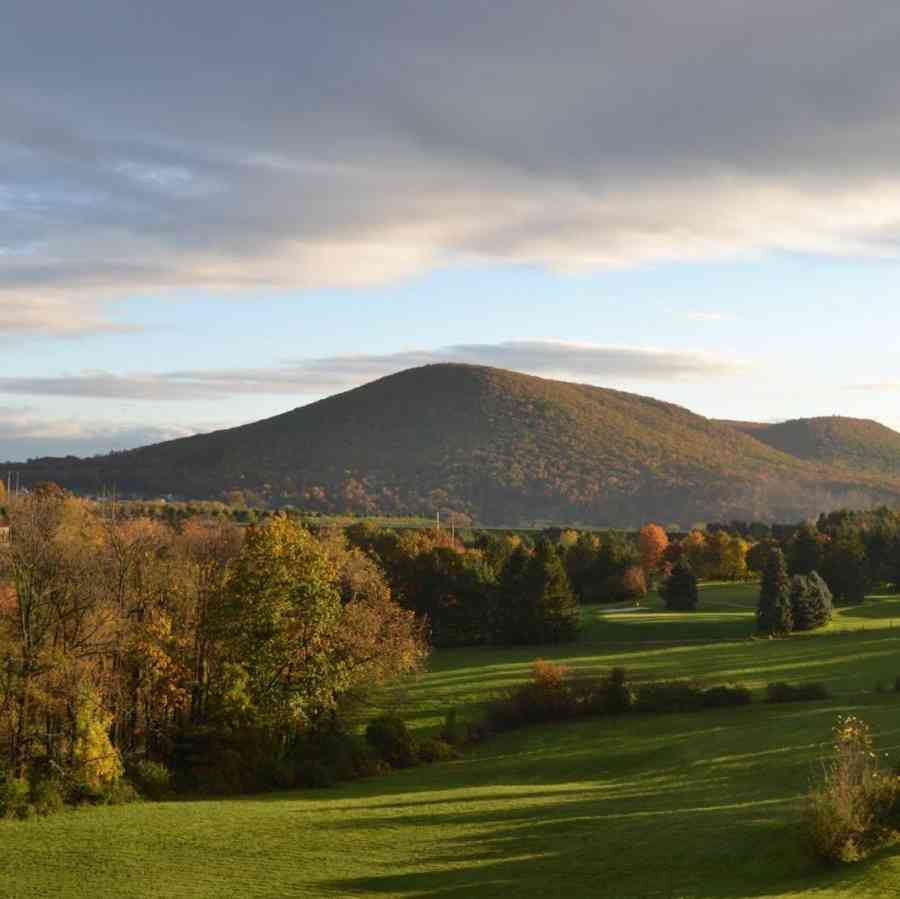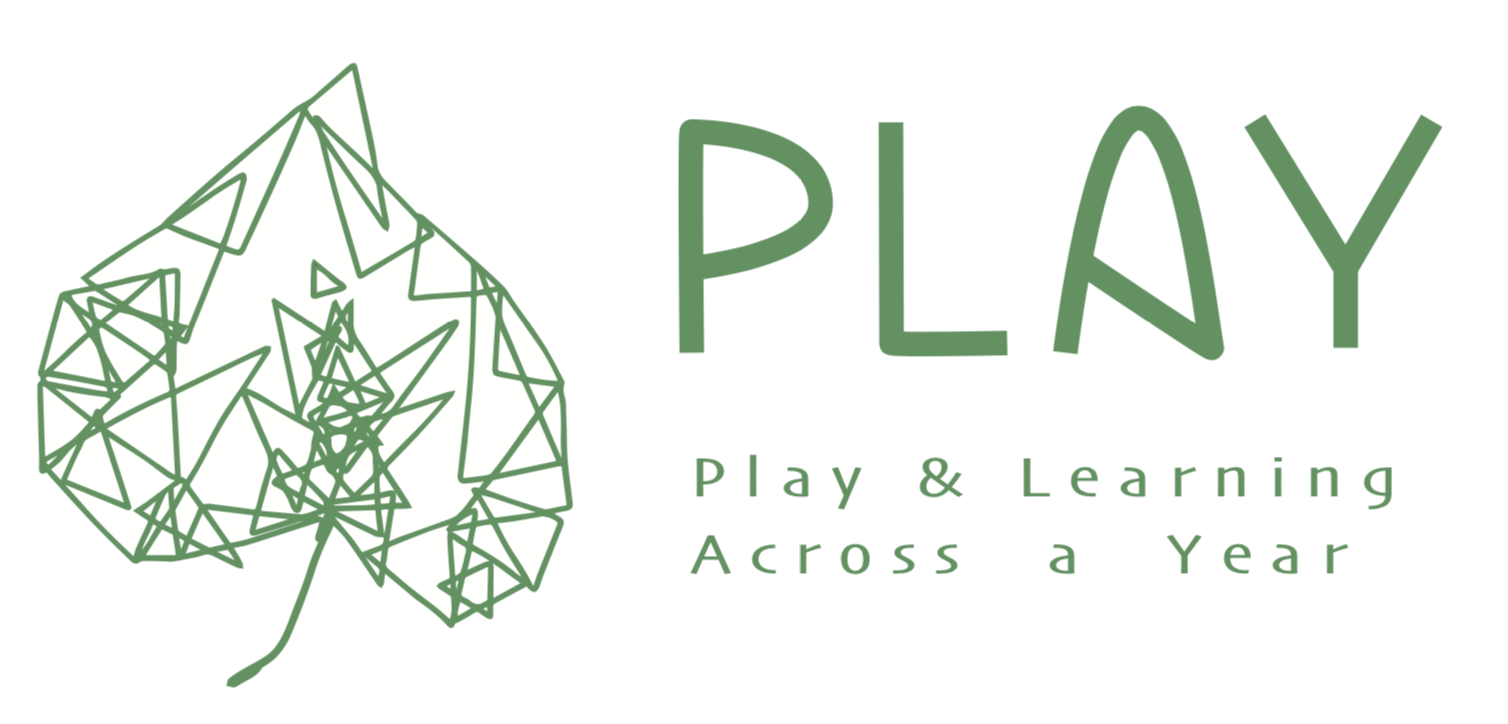Main points
- Psychology is harder than physics
- Neuroscience needs behavior
PSY 511 Spr 2024
2024-04-26
“If understanding everything we need to know about the brain is a mile, how far have we walked?”






From https://source.wustl.edu/2013/08/brain-flexible-hub-network-helps-humans-adapt/
(Cisek, 2019, fig. 3). Schematic behavioral control systems. (A) When the current nutrient state deviates from a desired state, locomotion is initiated, ultimately bringing the animal to a more desirable state. (B) Elaboration of nutrient state control into a high-level controller (ANS) and a lower-level controller (BNS) capable of two modes of locomotion, local exploitation, and long-range exploration. 5HT, serotonin; ANS/BNS, apical/blastoporal nervous system; DA, dopamine; NPY, neuropeptide Y
https://psu-psychology.github.io/psy-511-scan-fdns-2024-spring/
[Cepelewicz2021-hq]
“The brainwide representation of behavioral variables suggests that information encoded nearly anywhere in the forebrain is combined with behavioral state variables into a mixed representation…Our data indicate that it happens as early as primary sensory cortex.”
“Psychological sciences have identified a wealth of cognitive processes and behavioral phenomena, yet struggle to produce cumulative knowledge. Progress is hamstrung by siloed scientific traditions and a focus on explanation over prediction, two issues that are particularly damaging…
…for the study of multifaceted constructs like self-regulation…We conclude that self-regulation lacks coherence as a construct…”
Behavioural biology is a major discipline within biology, centred on the key concept of ‘behaviour’. But how is ‘behaviour’ defined, and how should it be defined? We outline what characteristics we believe a scientific definition should have, and why we think it is important
…that a definition have these traits. We then examine the range of available published definitions for behaviour.
Finding no consensus, we present survey responses from 174 members of three behaviour-focused scientific societies as to their understanding of the term. Here again, we find surprisingly widespread disagreement as to what qualifies as behaviour. Respondents contradict themselves…
…each other, and published definitions, indicating that they are using individually variable intuitive, rather than codified, meanings of `behaviour.’
We offer a new definition, based largely on survey responses: “Behaviour is the internally coordinated responses (actions or inactions) of whole living organisms (individuals or groups) to internal and/or external stimuli, excluding responses more easily understood as developmental changes.”

Krakauer, J. W., Ghazanfar, A. A., Gomez-Marin, A., MacIver, M. A., & Poeppel, D. (2017). Neuroscience needs behavior: Correcting a reductionist bias. Neuron, 93(3), 480–490. https://dx.doi.org/10.1016/j.neuron.2016.12.041.
Parada, F. J. & Rossi, A. (2018). If neuroscience needs behavior, what does psychology need? Frontiers in Psychology, 9, 433. https://doi.org/10.3389/fpsyg.2018.00433.
…“Behaviour is the internally coordinated responses (actions or inactions) of whole living organisms (individuals or groups) to internal and/or external stimuli, excluding responses more easily understood as developmental changes.”
(Krakauer, Ghazanfar, Gomez-Marin, MacIver, & Poeppel, 2017, fig. 1)